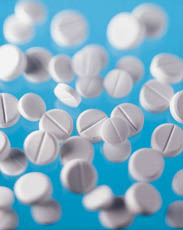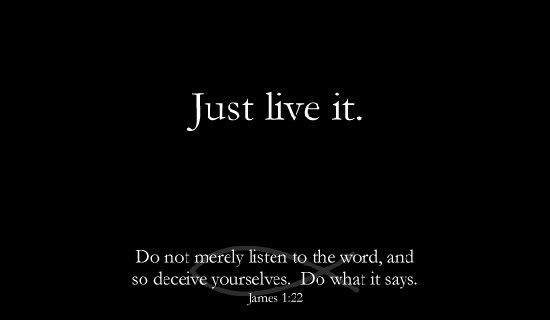For we are God's workmanship, created in Christ Jesus to do good works, which God prepared in advance for us to do.
I am a very amateur woodworker. All of my workmanship is very, very imperfect.
That being said, even this amateur can make good use of his creations. We hang our coats on one of my creations. A shelf unit hangs in a bathroom. One supports a daughter's TV. Works in progress will hold some wind chimes, serve as a utility room shelf and eventually hold jewelry.
Now, imagine the workmanship of a craftsman who is far from amateur - even perfect. We are the creations of this craftsman. Perfect? Not yet. Like you - everyone - still a work in progress.






